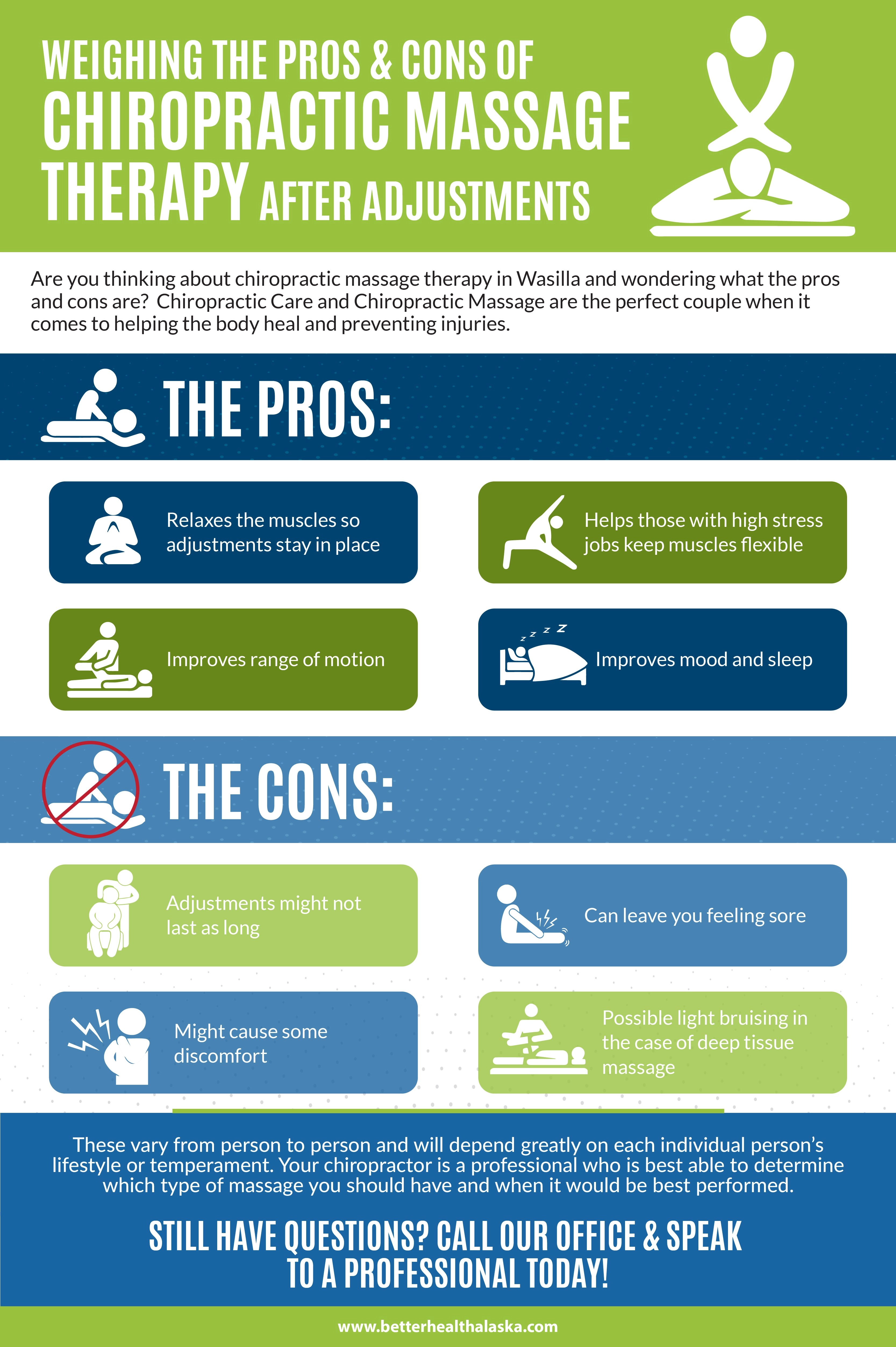Simply When You Assume Relief Is Near, Soft Tissue Treatment Exposes Its Uncomfortable Truths-- Find Why The Procedure Can Be Excruciating Yet Helpful
Simply When You Assume Relief Is Near, Soft Tissue Treatment Exposes Its Uncomfortable Truths-- Find Why The Procedure Can Be Excruciating Yet Helpful
Blog Article
Posted By-Cleveland Crabtree
When you undertake soft Tissue treatment, you could discover it surprisingly uneasy. This pain arises as pressure is put on tense muscle mass and damaged tissues, triggering your pain receptors. While it can feel traumatic in the minute, there's a reason behind this experience. Understanding what occurs in your body throughout these therapies can assist you appreciate the procedure. So, what exactly is taking place below the surface?
The Physiology of Pain Throughout Soft Tissue Treatment
When you undergo soft Tissue treatment, your body's reaction to discomfort is an intricate interplay of physical procedures. As the specialist applies stress, your body turns on discomfort receptors, sending signals to your mind. This triggers the launch of natural chemicals, such as substance P and glutamate, which enhance the feeling of pain.
Your muscles might additionally tense up in response, additional complicating the experience. On top of that, your body might release endorphins, all-natural medicines that can aid alleviate some discomfort.
The interaction between these processes can develop an unique experience for each individual. Recognizing this physical response helps you navigate the sensations during therapy, permitting you to appreciate the equilibrium in between discomfort and the potential for healing advantages.
The Role of Pain in the Healing Refine
Although discomfort throughout soft Tissue treatment can really feel frustrating, it plays a vital role in the healing process. When you experience discomfort, your body is indicating that it's working to fix broken cells. Read Full Report aids boost blood flow to the damaged area, delivering vital nutrients and oxygen required for recovery.
Additionally, discomfort can advertise the release of endorphins, your body's natural pain relievers, developing a feeling of alleviation post-treatment. Embracing https://chiropractor-car-accident16050.blogs100.com/33543937/suppose-an-easy-sporting-activities-massage-therapy-could-open-your-peak-performance-and-protect-against-injuries-discover-the-shocking-benefits-that-can-transform-your-sports-trip can help you comprehend your body's restrictions and encourage you to attend to underlying problems.
While it's uncomfortable now, this procedure is necessary for long-term recovery and boosted function. Acknowledging pain as a vital part of healing can empower you to remain devoted to your therapy.
Tips for Handling Pain During and After Therapy
Handling discomfort during and after soft Tissue treatment can dramatically enhance your overall experience and healing.
To begin, communicate openly with your therapist concerning your discomfort levels; they can readjust methods as necessary. Utilizing deep breathing methods can also help you kick back and reduce pain.
Think about applying ice to the treated area post-session to reduce swelling and numb discomfort. Staying moisturized aids in the recovery process, so consume alcohol lots of water.
Gentle stretching and light activity after therapy can promote blood flow and convenience rigidity. Last but not least, ensure you get sufficient remainder to allow your body to recover.
Implementing these pointers can make your soft Tissue treatment extra convenient and enjoyable.
Verdict
To conclude, while soft Tissue therapy can be awkward, it's crucial to acknowledge that this pain plays a crucial duty in your healing trip. By recognizing the physiological actions at play, you can approach the therapy with a much more favorable state of mind. Keep in mind, the preliminary discomfort commonly gives way to alleviation as your body launches endorphins. Welcome the process, and do not wait to utilize the pointers for handling pain to enhance your experience and recovery.
